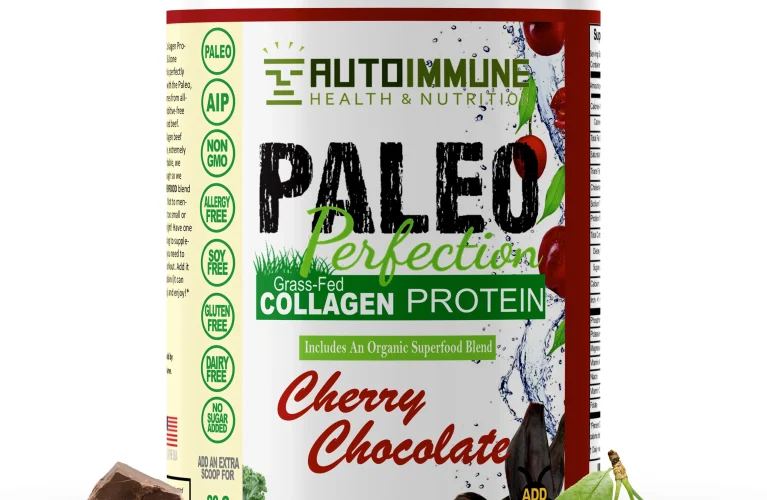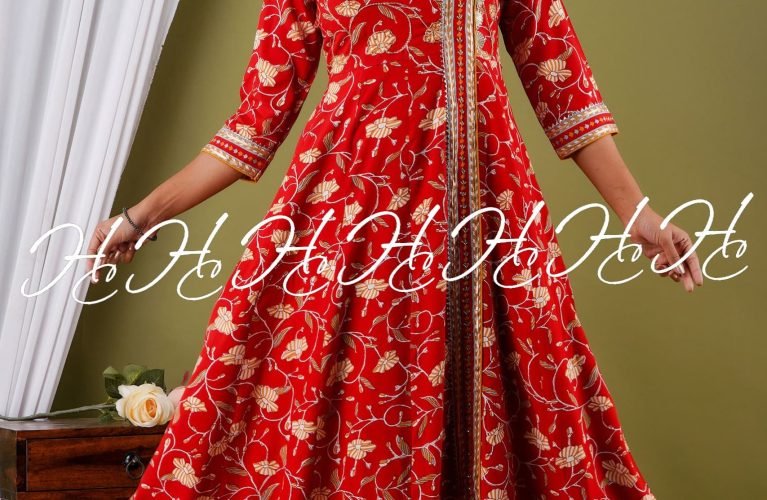In an era dominated by convenience, there’s a growing resurgence in traditional tools that combine elegance, craftsmanship, and lasting performance. Two such timeless icons are the cutthroat straight razor and the Damascus knife. These instruments not only offer unmatched functionality but also represent a lifestyle dedicated to precision, quality, and sophistication.
Whether you’re a gentleman seeking the perfect shave or a culinary enthusiast striving for superior cutting precision, these tools deliver an experience that modern alternatives simply cannot match. Let’s explore the charm and utility of these age-old blades and why they are making a strong comeback in today’s market.
Rediscover Grooming Excellence with a Cutthroat Straight Razor
The cutthroat straight razor, also known as an open razor, is a shaving tool with a legacy stretching back centuries. Unlike disposable razors or cartridge-based systems, a cutthroat razor demands and rewards skill. It provides the closest shave possible with minimal irritation—if used correctly.
What truly sets the cutthroat straight razor apart is its uncompromising sharpness and control. Each stroke offers precision that allows you to shape and define your beard or achieve a completely clean shave. Barbers across the globe often consider it the gold standard for professional grooming.
Beyond performance, there’s a distinct ritual and respect associated with using a cutthroat razor. Preparing the blade, applying shaving cream with a brush, and carefully gliding the razor across the face turn a mundane task into a meditative process. This ritualistic aspect draws many modern men back to the classic shave, embracing it as a mindful self-care routine.
Additionally, cutthroat razors are incredibly eco-friendly. Since they’re built to last for decades with proper maintenance, they reduce plastic waste and save money in the long run. You only need to occasionally strop and hone the blade to maintain its edge—making it a truly sustainable grooming tool.
The Damascus Knife: A Legacy of Art and Utility
Switching gears from the bathroom to the kitchen or workshop, the Damascus knife reigns supreme among blades. Characterized by its stunning wavy pattern on the steel, this knife isn’t just about looks—it’s an epitome of performance and durability.
Historically, Damascus steel was prized for its strength, edge retention, and ability to flex without breaking. Modern Damascus knives are made by forging multiple layers of steel together, resulting in a blade that combines hardness with flexibility. The fusion of layers not only enhances function but creates the signature aesthetic that collectors and chefs adore.
In the kitchen, a Damascus knife can transform your prep work. Whether you’re chopping vegetables, slicing meat, or carving a roast, the sharp edge ensures precision and efficiency. Chefs love how it glides effortlessly through ingredients, reducing fatigue and increasing speed.
For collectors and craftsmen, the Damascus knife is more than a tool—it’s a work of art. The blade’s unique patterns are like fingerprints; no two knives are exactly alike. Many artisans also handcraft handles from exotic woods, bones, or resins, adding to the knife’s allure and collectability.
Why Invest in a Cutthroat Straight Razor and a Damascus Knife?
The appeal of these tools lies not only in their performance but also in their lasting value. A well-maintained cutthroat straight razor can serve multiple generations, passed down as a family heirloom. Similarly, a Damascus knife can become a centerpiece of your kitchen or collection, admired for its beauty and respected for its utility.
Moreover, owning and using these tools encourages skill-building and appreciation for craftsmanship. They connect us to a time when tools were built to last and made with pride. In a world of disposable everything, these are refreshing reminders of durability and heritage.
Both tools also make perfect gifts for special occasions. A Damascus chef’s knife for a culinary enthusiast or a beautifully engraved straight razor for someone beginning their grooming journey are thoughtful, functional, and personal.
Choosing the Right Blade
When shopping for a cutthroat straight razor, consider factors like blade type (hollow ground or wedge), handle material, and brand reputation. Stainless steel is easier to maintain, while carbon steel tends to hold a finer edge but requires more care.
For a Damascus knife, ensure it’s made using genuine layered steel and not just etched with patterns for visual effect. High-quality Damascus knives typically include a VG-10 or high-carbon core for excellent cutting power, encased in multiple stainless layers for strength and corrosion resistance.
Reputable brands and artisan makers will often highlight their forging process, materials used, and even include certification or guarantees of authenticity. Whether buying online or in-store, take time to research and read reviews to ensure you’re investing in true quality.
Final Thoughts
The cutthroat straight razor and Damascus knife are more than just grooming and kitchen tools—they are powerful symbols of heritage, patience, and mastery. As more individuals seek authenticity and excellence in the products they use daily, these traditional tools are finding renewed relevance in modern lifestyles.
By choosing a cutthroat straight razor, you commit to the art of personal grooming with precision and pride. With a Damascus knife, you elevate your cooking or craftsmanship to a professional level, armed with a tool that is as dependable as it is beautiful.
Incorporating these legendary blades into your life isn’t just a practical choice—it’s a statement. One that says you value tradition, quality, and the hands-on experience that only truly handcrafted tools can provide.








